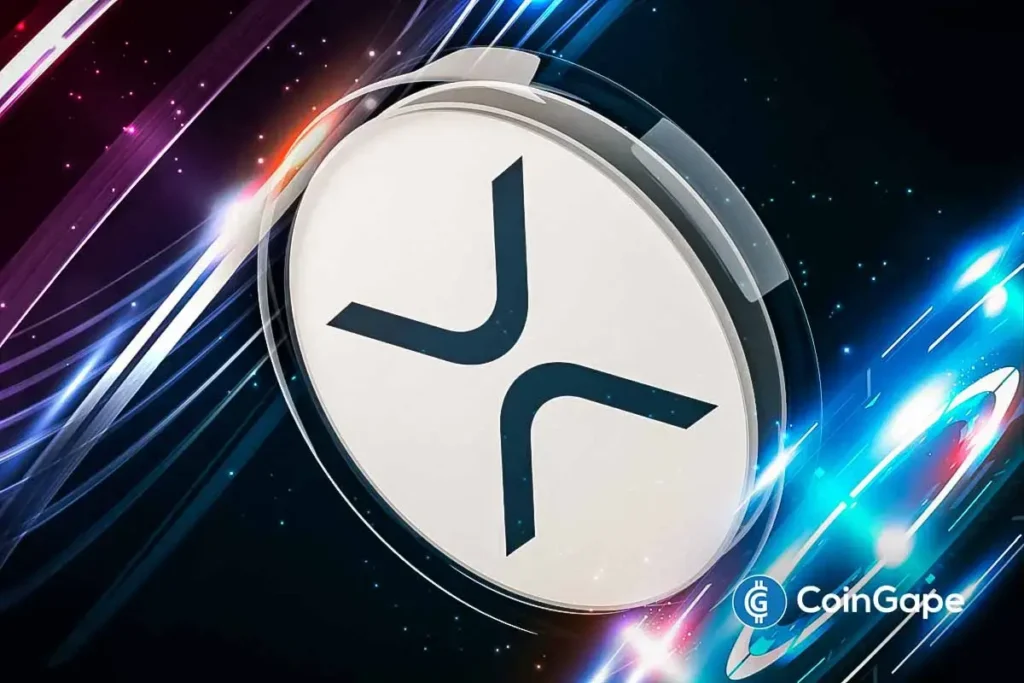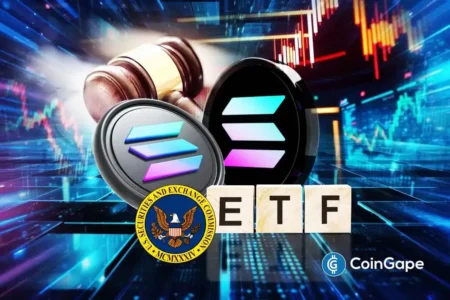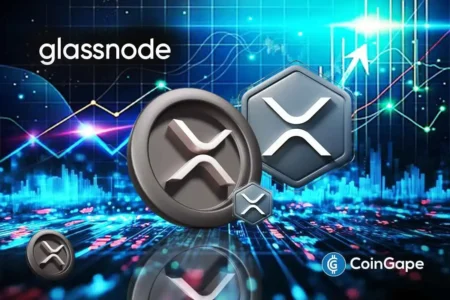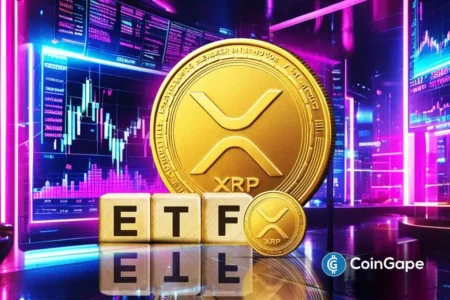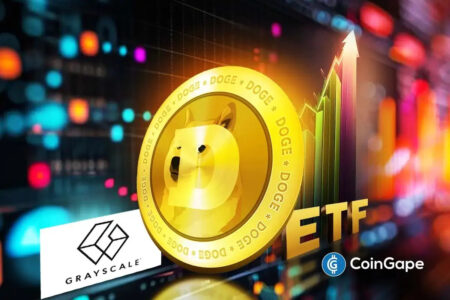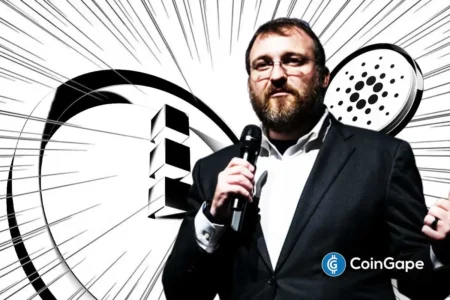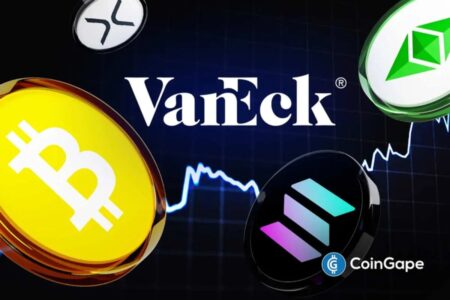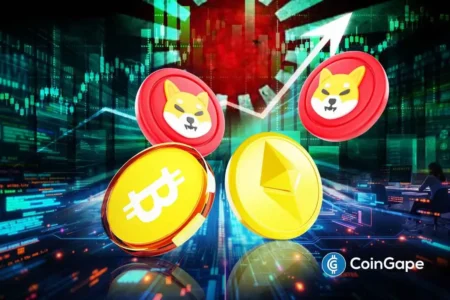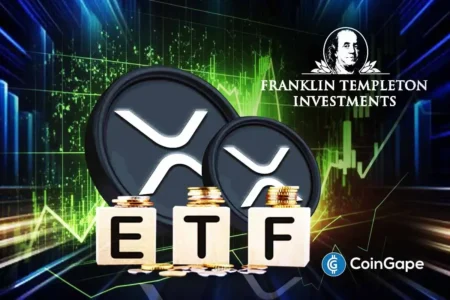The Future of XRP: A Debate on Staking and Innovation
Ripple’s cryptocurrency, XRP, has become a focal point for discussion regarding its future growth and adoption in the digital asset space. Recently, Ripple developer J. Ayo Akinyele has provoked renewed interest in how XRP might evolve, particularly concerning potential staking mechanisms within the XRP Ledger (XRPL). Akinyele’s insights offer a glimpse into how incentives could reshape network participation while maintaining the stability that defines XRP. This discussion is timely, especially following the launch of the inaugural XRP ETF by Canary, which has piqued institutional interest and spotlighted XRP’s expanding role in global finance.
XRP’s Evolution: More Than Just a Payment Asset
Historically, XRP has excelled in facilitating rapid and cost-effective transactions, serving as a bridge for payments and tokenized assets. As its adoption expands, the need for new participation models becomes increasingly apparent. Akinyele articulates that XRP is evolving beyond a mere transactional tool into a multifaceted ecosystem with implications for real-time liquidity and tokenization. This evolution raises essential questions about how the XRPL should adapt to accommodate varying use cases while promoting broader institutional engagement. Akinyele’s observations reflect a forward-thinking approach to how XRP can meet the needs of a growing and diverse user base.
Rethinking Incentives: The Staking Model
One of the most compelling points Akinyele raises is the existing absence of a staking model in the XRPL. Unlike many other blockchain networks that provide incentives for validators and token holders through staking rewards, XRP operates differently. The XRPL’s unique Proof of Association model focuses on stability, trust, and strong governance rather than financial stakes. As such, any introduction of staking mechanisms would require a thoughtful approach to ensure alignment with the foundational principles of the XRP network. Akinyele emphasizes that if a staking model were to be implemented, it would need a clearly defined reward structure and an equitable distribution mechanism to avoid compromising the network’s integrity.
The Concept of Programmability
Akinyele’s exploration of staking is not merely a suggestion for a reconfiguration of XRPL’s architecture. Instead, it’s a conceptual analysis aimed at assessing how different incentive structures might influence network behavior. With the XRPL increasingly pivoting towards programmability and the potential introduction of new fees, there lies an opportunity to create a rewards pool without sacrificing its core values. Ripple is already pursuing avenues to integrate tokenization and stablecoins into its roadmap, indicating a proactive stance on innovation within the XRPL framework.
Innovation Without Compromising Values
Akinyele highlights that the examination of staking does not necessitate fundamental changes to the XRPL’s core infrastructure. The ecosystem can explore yield through external platforms like Flare and Doppler Finance, which already provide yield-bearing services involving XRP and its variants. These examples exemplify how innovation can flourish alongside the established protocols of the XRPL, fostering growth without disrupting its foundational ethos. The recent deployment of the MPT tokenization standard represents another step towards incorporating innovative features while reinforcing XRP’s status as a stable and trusted asset.
The Path Forward: Balancing Growth and Stability
The crux of Akinyele’s argument centers on finding a balance between growth and the essential qualities that have made XRP a viable player in the market. Exploring conceptual staking models is less about transformation and more about understanding how diverse capabilities can coexist within a stable framework. He emphasizes that efficient network design calls for ideas that not only enhance resilience but also reflect the fundamental principles that are intrinsic to XRP’s identity.
Conclusion: A Resilient Future for XRP
As digital finance continues to evolve, XRP stands at a critical juncture. The discussions sparked by Ayo Akinyele represent an essential dialogue about the balance between innovation and stability in the XRPL. Exploring potential staking models and incentivization strategies could pave the way for new growth avenues without undermining the network’s reliability. As Ripple navigates these discussions and assesses the future landscape of digital assets, the emphasis will remain on preserving what makes XRP a trusted medium of exchange while embracing the possibilities that lie ahead. The journey for XRP is ongoing, and the adaptations it makes could set a precedent for the future of blockchain participation models.





